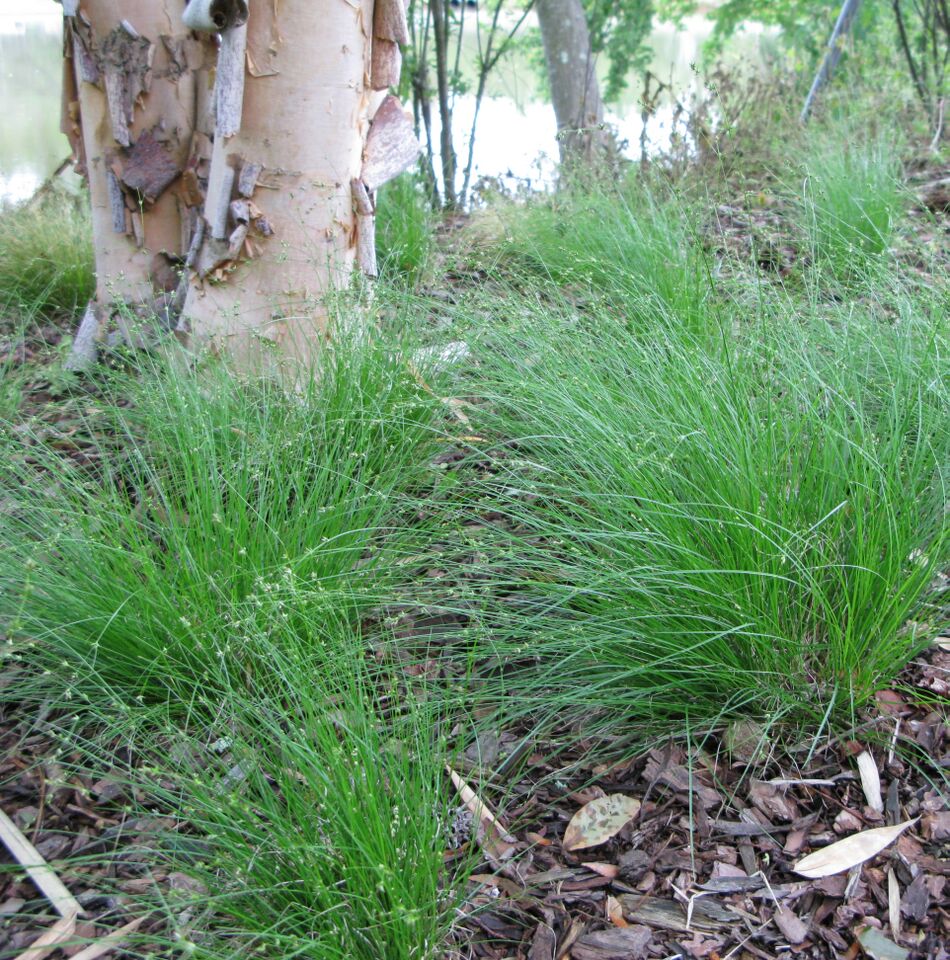One of the toughest areas to grow plants is in dry shade. There is a smaller plant palette that grows in these harsh conditions compared to more sunny locations in your yard. Root competition really limits what will do well under the trees. While most home landscapes have at least one area that is either partially or fully shaded throughout the day, it can be difficult finding native alternatives to the standard plants like hostas chosen for these shady niches.
There are a few native plants that will thrive in this tough environment. Here are three native sedges that are worth considering.
Appalachian Sedge – Carex appalachica
An exciting native sedge that works well in mass plantings (one to two foot spacing), along shady slopes and “no mow” lawns. It is gaining in popularity because it is so easy to grow. We have carried it the last few years at our plant sales and customers who have tried it come back wanting more. It forms a true clump with narrow leaves only getting 6-8 inches tall. Each clump spirals upward as each blade intermingles with the others. It is a shade to part sun-loving sedge that is quite appealing.
Bristle-leaf Sedge – Carex eburnea
This fine-leaved sedge makes an excellent ground cover or lawn alternative for that shady spot. The fountain-like clumps of dark green foliage are soft to the touch. It stays short only reaching 6-12 inches. Over time, the individual tufts will grow together forming a thick sod. In the fall, the clusters turn a nice tan. It appreciates sharp drainage, but not too much sun. Plant them in mass for dramatic effect.
Pennsylvania Sedge – Carex pensylvanica
This sedge is tough. It spreads by runners forming a dense mat after several years. This quality is why many use it as a great lawn substitute for the shade. The fine textured leaves are soft under your feet, too. It is most effective when planted in mass. You will appreciate its drought tolerance and resilient nature once it is fully established.
See, there are some plants that flourish in the shade of trees. They even mix well with many other types of woodland wildflowers such as woodland phlox, columbine, wild geranium, and golden ragwort, and Short’s Aster. You can find these companion plants along with the aforementioned sedges at our FloraKansas Fall Plant Sale. Each of these low-growing sedges are delicate with arching leaves that are very appealing as ground covers. In my opinion, they are definitely worth trying.



